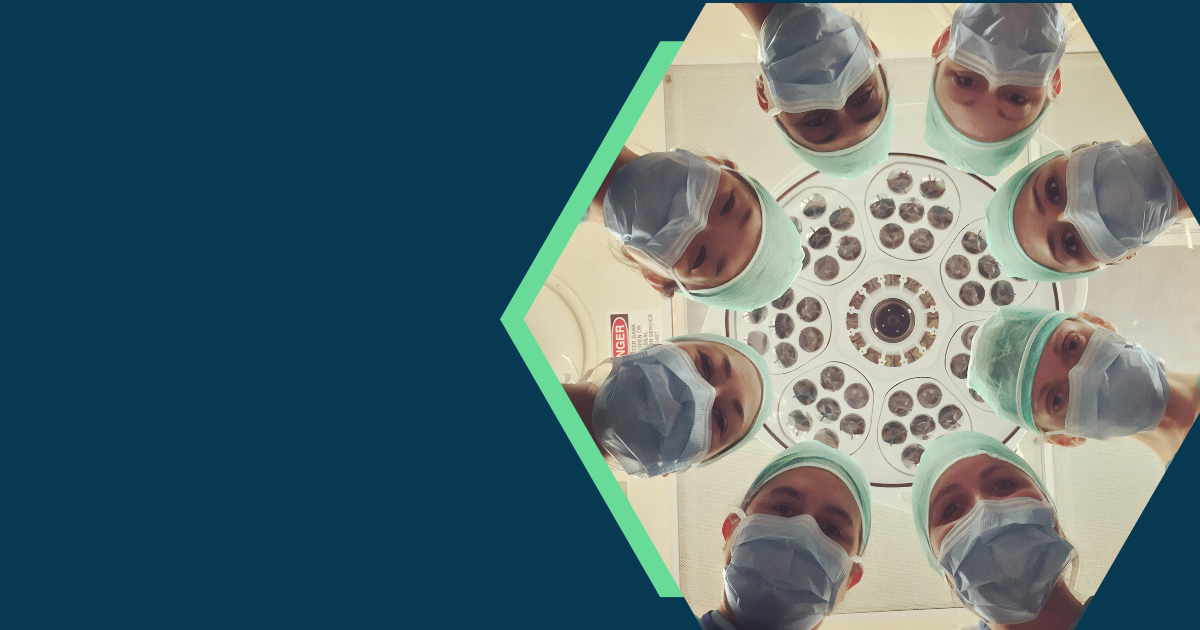
The digital technology has not only impoverished its efficiency in operation for a better patient care but has increased the total outlook of both healthcare professionals for treatment & diagnosis.
No one can stop technology from evolving. As I sip a cup of coffee taking a break from diagnostic work , I wonder at some point, every part of our lives will have changed through the power of digital technologies. Hasn’t it?
The recent pandemic has revolutionized many aspects of human life, one among the many which tops the list is undoubtedly the accelerated integration of digital technology and healthcare revolutionising the practice of medicine. The digital technology has not only impoverished its efficiency in operation for a better patient care but has increased the total outlook of both healthcare professionals for treatment & diagnosis. Let us now take a bird’s eye view on how the technology has gone hand in glove for the healthcare industry.
With the incorporation of electronic health records (EHR) the scenario has changed to a digital versions of a patient’s paper chart.
Enhanced Communication:
Gone are the days when one had to prepare a day ahead to visit his physician for consultation as it would take most of his day. Today teleconsultations have become commonplace and all it takes is a smart phone to block a slot and finish a video consultation within four walls of one’s home .No longer do physicians have to stagnate their practice to a confined clinic. Teleconferencing has made even cross border consultations for patients and opinion exchange for practitioners easy.
Electronic Health Records (EHRs) :
Many of us often faced a situation when during a doctor’s visit we ended up putting up a sad face when he would have asked for old ailment or medical records? Sheets of papers and laboratory reports would be packed in a cover only until recovery and then forgotten till the next spurt of disease. With the incorporation of electronic health records (EHR) the scenario has changed to a digital versions of a patient’s paper chart. The EHR is a boon where real-time, patient-centered records are kept and the information is made available instantly and securely to authorized users. While an EHR records the medical and treatment histories of patients, an EHR system is built to store standard clinical data collected in a provider’s office and can be inclusive of a broader view of a patient’s care.
EHRs contain a patient’s medical history, diagnoses, medications, treatment plans, immunization dates, allergies, radiology images, and laboratory investigation results. This digital format helps share information with other health care providers and organizations – such as laboratories, specialists, medical imaging facilities, pharmacies, emergency facilities, and school and workplace clinics – so they contain the overall information from all specialists involved in a patient’s care. It makes hassle free shifting of patients from one centre to the other.
Big Data:
Internet of Things (IoT)-enabled devices have made remote monitoring in the healthcare sector possible, unleashing the potential to keep patients safe and healthy, and helping the clinicians to deliver superlative care.
Medical research is the backbone to develop sustainable medicines and devices for which massive data access is a pertinent. The collection of data for epidemiological studies, research, or clinical trials, digital technology for laboratories and institutes has been more diverse and cater to a wider population due to incorporation of digital technology. As we step into the era of preventive medicine, studying trends in big data facilitate early detection of chronic and lifestyle diseases.
Wearables and IoTs :
The digital revolution has developed hundreds of wearables that monitor real time human body parameters like blood pressure, pulse rate, oxygen saturation and the like. These apps enable patients to monitor their health and disease with a timely alarm of concern. Internet of Things (IoT)-enabled devices have made remote monitoring in the healthcare sector possible, unleashing the potential to keep patients safe and healthy, and helping the clinicians to deliver superlative care. It also keeps the physician updated on the effect of medication dosages and modifies treatment protocols by tracking vitals when needed without personal consultation visits
Artificial intelligence :
AI – the digital technology where machines mimic human cognition, and are capable of learning, thinking, and making decisions or taking actions. AI has unified man and machine in many fields of medicine including medical laboratories, radio diagnosis surgical specialities and in the form of smart monitoring devices in critical care units. Precision medicine is the application of AI wherein AI-powered body scans can spot early stages of cancer and vascular diseases and predict health issues people might face because of their genetic constitution.
The road ahead……
Digital technology has literally transformed healthcare and the trend is expected to continue in the years to come. Artificial Intelligence, machine learning, deep learning, blockchain, healthcare mobile apps, wearables and many other such advancements will change the future of healthcare. However, algorithm developers must be careful to keep the access secure and validate the technology before being declared for use. Also with a humongous population of 1.3 billion scattered across urban and rural India challenges in healthcare delivery are posed in terms of accessibility, affordability and quality.The partnership between technology and humans could reap tremendous rewards.
Will machines take over the physician’s role?
Well yes and no. Healthcare delivery will undoubtedly be enhanced in terms of diagnosis and treatment with integration of technology, but nothing can still take away the human touch. We have entered into an era of man with machine and not man versus machine paving way for a better and healthy tomorrow.
Composed by: “Dr.Archana Shetty, is currently working as a Blood Transfusion Officer and Associate Professor in the Department of Pathology at CDSIMER under the aegis of Dayananda Sagar University. An active academician with over 30 publications in national and international journals, her other interests include free verse poetry and blogging.”

